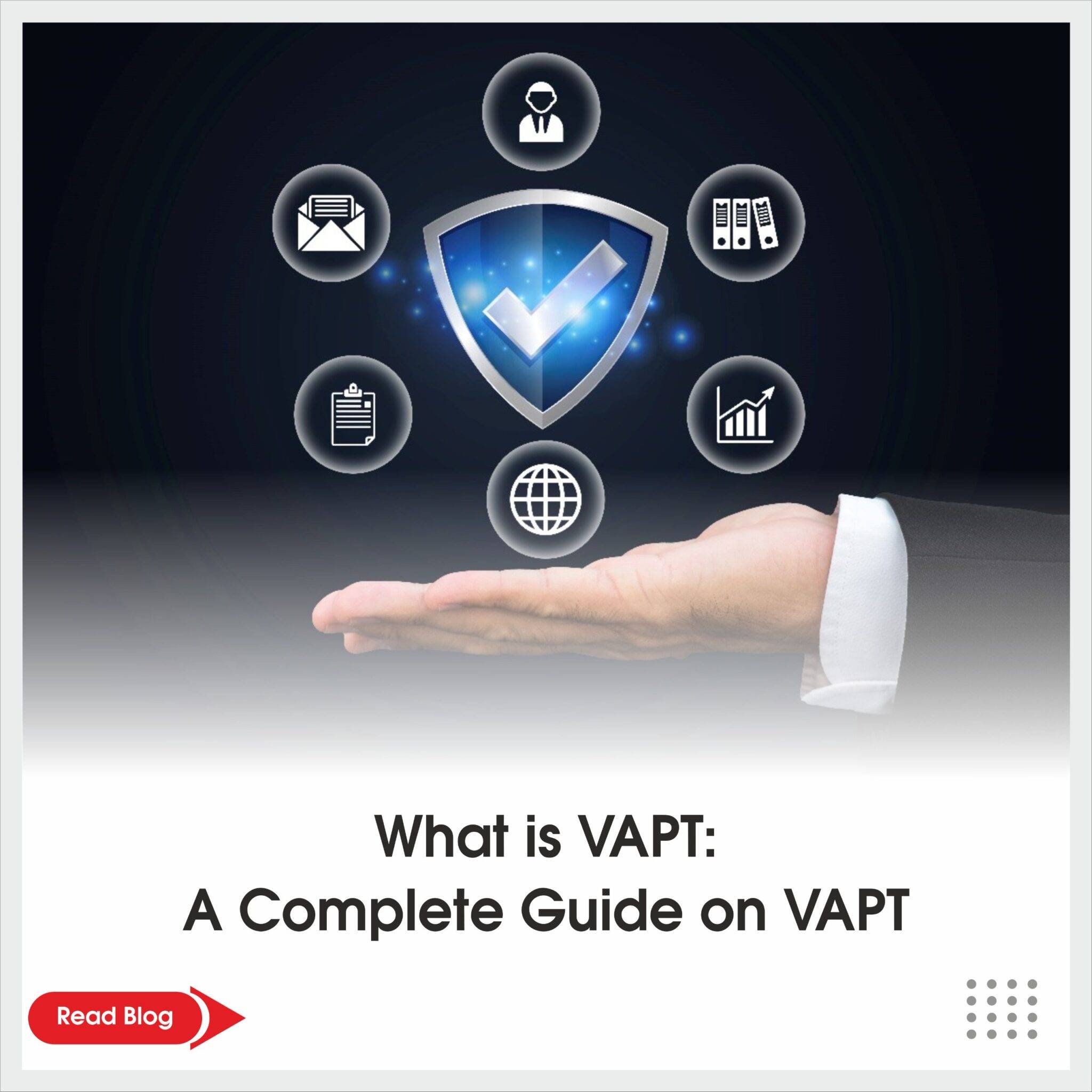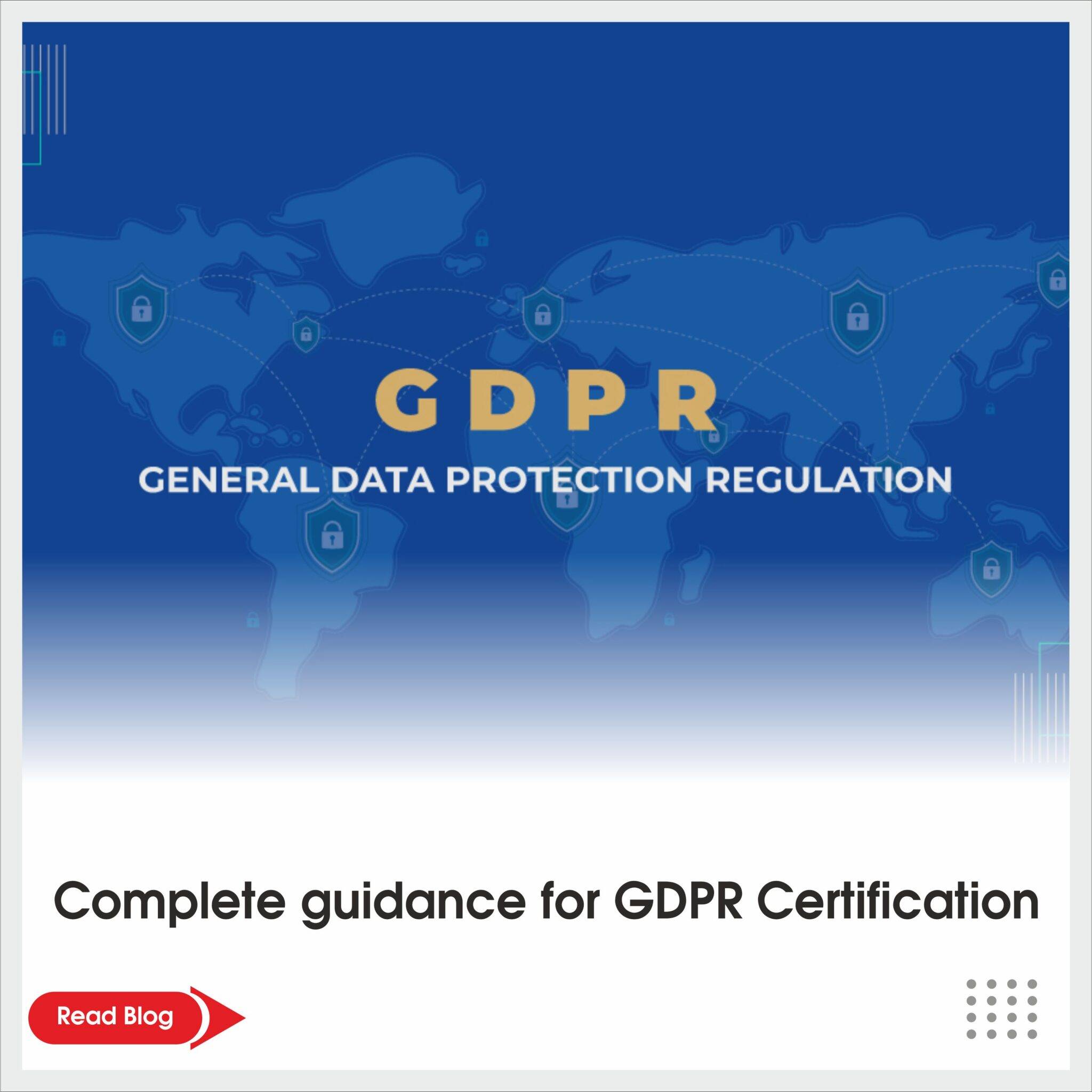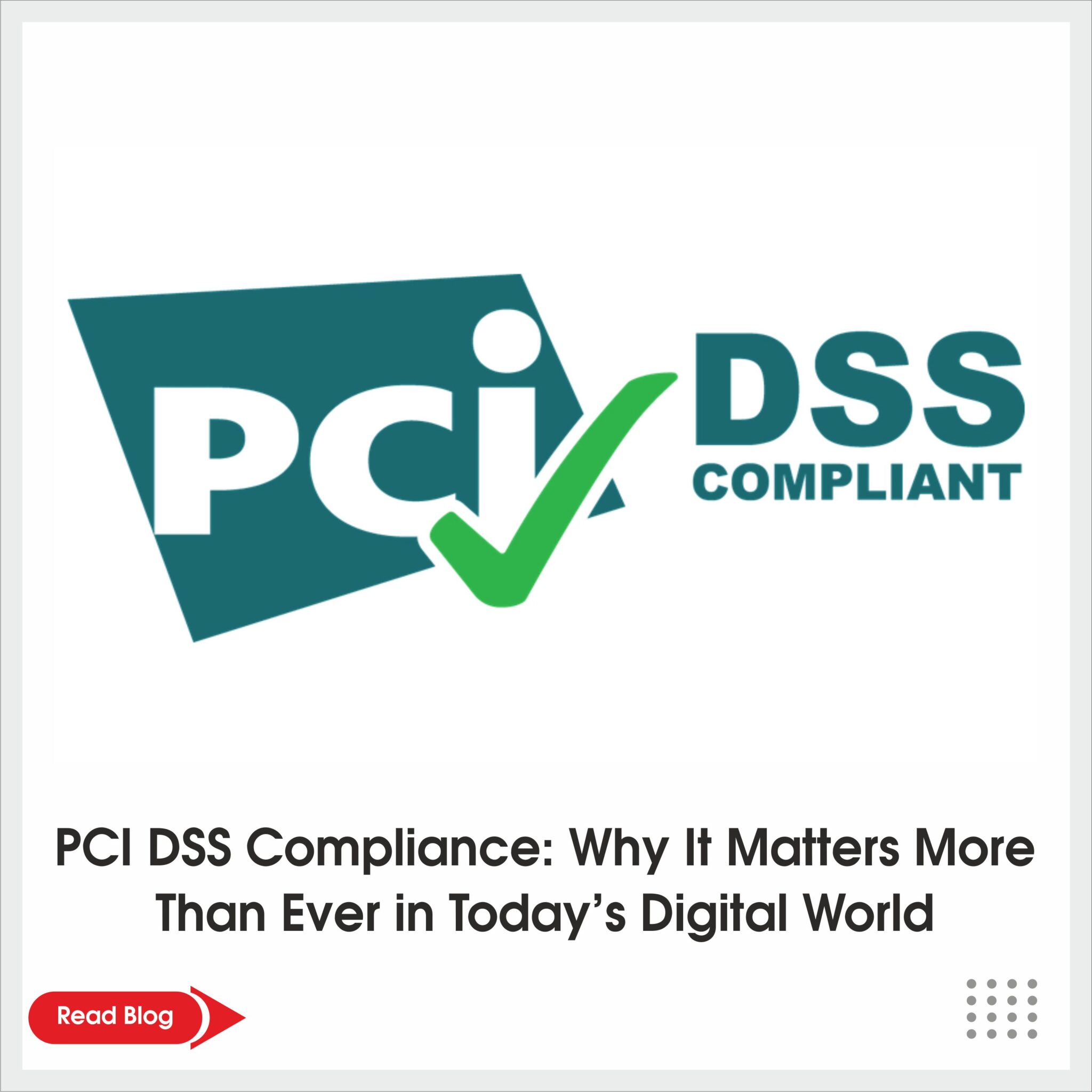
What is VAPT: A Complete Guide on VAPT
Introduction: Understanding What is VAPT and its Significance in Cybersecurity Cybersecurity has emerged as a major problem for businesses in
The Health Information Trust Alliance (HITRUST) is a non-profit organization that provides data security standards and certification programs to assist enterprises in protecting sensitive information, managing information risk, and meeting regulatory objectives.
HITRUST distinguishes itself from other compliance frameworks by integrating hundreds of authoritative sources such as HIPAA, SOC 2, NIST, and ISO 27001. It is also the only standards creation body with a framework, assessment platform, and independent assurance program, all of which have contributed to widespread acceptance.
Modern healthcare information systems and medical technology rely heavily on information security. Security frameworks such as HITRUST assist in safeguarding the security of private health information and other sensitive data by making it easier for enterprises to achieve compliance.
HITRUST compliance may assist all enterprises that need to address compliance and risk management. The HITRUST CSF enhances an organization’s security by reducing the complexity, risk, and expense associated with information security management and compliance. Certification ensures that your security program is working within the confines of its original design and fulfills HITRUST requirements.
The HITRUST framework (also known as the “CSF”) offers businesses a standardized set of standards for evaluating their applications and systems.
This approach, which was originally developed for healthcare organizations and their business associates, assists organizations across a wide range of industries and their subservience organizations in adopting prescriptive requirements that span a wide range of accepted frameworks and regulations to meet industry challenges and secure and manage data.
A self-evaluation is the first step in the HITRUST CSF certification process. The company will examine every site where it generates, accesses, maintains, and exchanges PHI as part of the self-assessment process.
The company has to start the risk management process after finishing this inventory. A risk assessment and a risk analysis are necessary for risk management. The company ascertains the hazards that may affect ePHI through the risk assessment.
The organization ascertains the threat’s potential impact and likelihood of occurrence through risk analysis. The organization must decide whether to accept, transfer, mitigate, or reject the risk after completing the risk assessment and analysis. The business sets up safeguards to preserve the data if it decides to take on the risk.
One notable contrast is that HIPAA is a government-mandated requirement enforced by the US Department of Health and Human Services. HIPAA offers regulatory principles and methods for patient data protection to covered organizations (healthcare providers, health plans, and clearinghouses) as well as business partners.
Systems are often apps, but they may also be hardware (e.g., medical equipment) or enterprise-wide platforms (e.g., an electronic health records system). While expanding the organization and system scope will satisfy additional business partners, it also adds to the complexity.
After completing the HITRUST CSF Assessment and any additional materials required, send them to HITRUST.
When your draft and final reports are complete, you will be contacted and will be able to download them from MyCSF.
Data security and compliance have become critical for businesses of all sizes. Hitrust certification stands out in terms of guaranteeing strong data security. This accreditation not only offers a complete framework for handling and preserving sensitive information, but it also instills trust in consumers and stakeholders.
HITRUST accreditation benefits the healthcare business in particular. With the rising digitalization of patient records and the increasing threat of cyberattacks, healthcare institutions must prioritize data protection. Hitrust accreditation assists them in establishing a solid basis to secure patient information and comply with legal standards such as HIPAA.
Another business that notably benefits from Hitrust accreditation is finance. Because financial institutions manage huge volumes of sensitive client data, they must demonstrate their commitment to maintaining high levels of security and confidentiality. Obtaining Hitrust accreditation allows these companies to increase their credibility and ensure clients that their information is safeguarded.
It is not, however, confined to these two businesses. Hitrust accreditation can assist any organization that works with sensitive data. This accreditation provides a strong framework for assuring compliance with severe data protection requirements for government agencies and technology firms that handle personal information. Organizations may demonstrate their commitment to maintaining the highest degree of security controls and safeguarding sensitive information against potential threats by acquiring Hitrust certification. It not only helps to reduce risks, but it also boosts consumer trust and confidence in an increasingly digital environment where data breaches are becoming more common.
To summarize, HITRUST is widely recognized as the top structure for data security and compliance excellence across several sectors. Its extensive controls, risk-based approach, and emphasis on third-party assurance make it the go-to solution for enterprises trying to secure sensitive data in an ever-changing digital context. Businesses that achieve HITRUST certification may boost consumer trust, expedite compliance operations, gain a competitive edge, and reduce the risk of data breaches. Embrace the power of HITRUST today to safeguard your organization’s data with unrivalled proficiency.

Introduction: Understanding What is VAPT and its Significance in Cybersecurity Cybersecurity has emerged as a major problem for businesses in

General Data Protection Regulation (GDPR) certification helps businesses, meaning they protect European citizens from data loss due to cyber-attacks, terrorism,

The Payment Card Industry (PCI) Data Security Standard (DSS) is an information security standard designed to improve cardholder data security
© 2023 SIS CERTIFICATIONS PVT. LTD. – ALL RIGHTS RESERVED.